The infamous feud between the Hatfields and McCoys has captured the imaginations of Americans for over a century, symbolizing family loyalty, violence, and retribution in the Appalachian region. One of the feud’s defining moments was the Battle of Grapevine, a skirmish that took place in January 1888, which many see as the final offensive in this bloody conflict.
The Feud: Background
The feud between the Hatfields of Mingo/Logan County, West Virginia, led by William Anderson “Devil Anse” Hatfield, and the McCoys of Pike County, Kentucky, under Randolph “Randall” McCoy, is believed to be sparked by a range of factors, including post-Civil War tensions, land disputes, and personal vendettas. The popular legend claims that the feud officially began over the alleged theft of a hog in the late 1870s, but many historians and descendants believe the animosities between the families ran much deeper, fueled by the unstable environment and culture following the Civil War.
Years of conflict culminated in several violent episodes, including the brutal New Year’s Day attack in 1888, where several members of the McCoy family were severely injured and even murdered. This set the stage for what would be the final significant clash in the feud: the Battle of Grapevine.
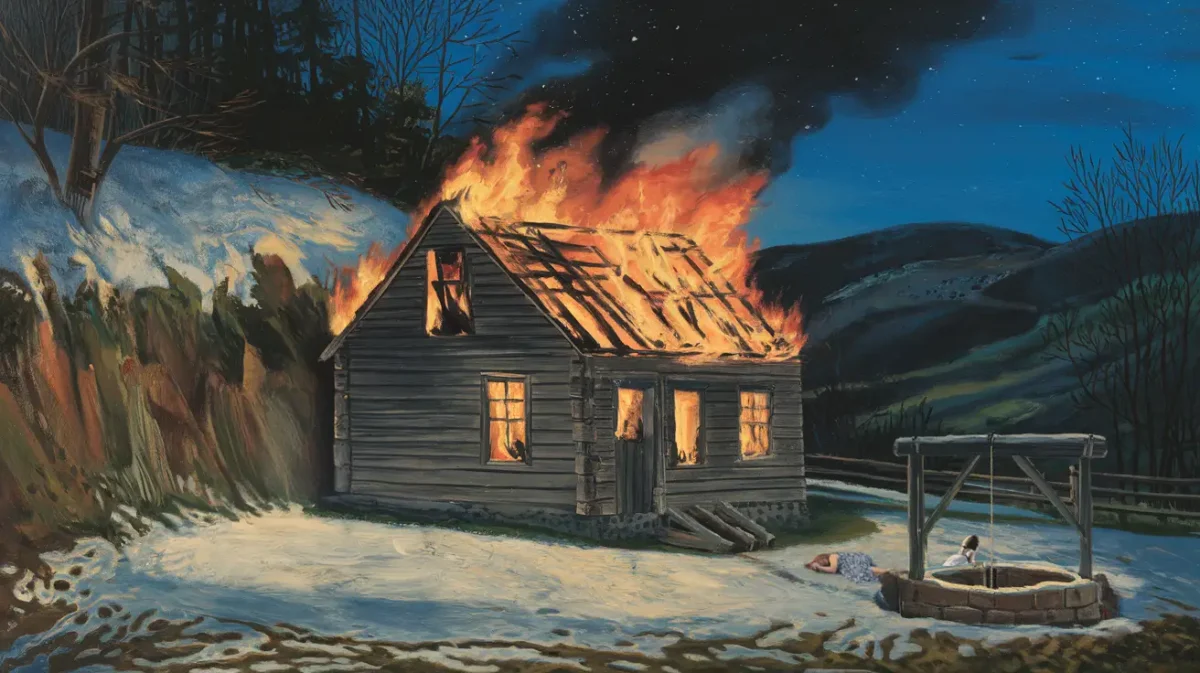
The Battle of Grapevine: Rising Tensions
Shortly after the murder of Jim Vance, a key Hatfield ally, in January 1888, Devil Anse Hatfield prepared to launch one final offensive against the McCoys in retaliation. News of the Hatfields’ preparations reached the McCoy side, and Frank Phillips, a McCoy ally and deputy sheriff, quickly gathered a posse. Among the posse were two McCoys—Bud McCoy and Jim McCoy, one of Randolph McCoy’s sons. Their goal was to intercept the Hatfields before they could carry out their attack.
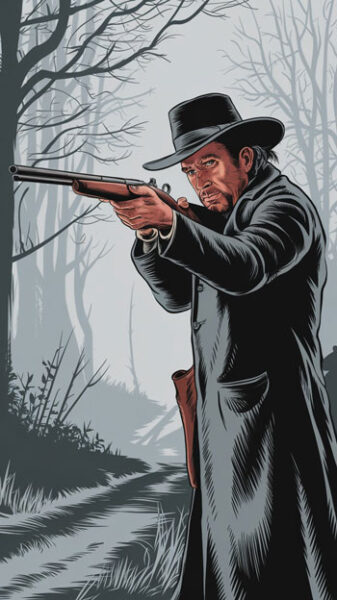
On January 19, 1888, the two groups met near Grapevine Creek on the West Virginia side of the Tug Fork River. According to legend, both sides were heavily armed, and gunfire quickly erupted. Phillips’ posse successfully outflanked the Hatfields after luring them into a vulnerable position, inflicting multiple casualties. The Hatfields, unable to hold their ground, were forced to retreat into the mountains. Several of them were captured by the McCoys and turned over to authorities for trial.
Aftermath
The prisoners captured during and after the Battle of Grapevine were eventually put on trial, marking the legal conclusion of the feud. Several Hatfields were convicted of crimes committed during the feud, including the murders of McCoy family members. The most notable was Ellison “Cottontop” Mounts, the illegitimate son of Ellison Hatfield, who was convicted of the murder of Randall McCoy’s daughter during the New Year’s Eve massacre. Mounts was sentenced to death and hanged in Pikeville for his role in the killings.
A historical marker has been placed at the site where Cotton Top is believed to have been hanged, one of many interesting sites featured on the Hatfields and McCoys Historic Feud Driving Tour. With the trials and Mounts’ execution, the feud effectively came to an end, though tensions between the families would simmer for years.
Hillbilly Files comes to the Pikeville-Pike County, KY Welcome Center Hatfields & McCoys exhibit
Alternate Opinions: Historical Accuracy and Legend
As with many historical events steeped in folklore, there are differing opinions on the historical accuracy of the Battle of Grapevine and its portrayal over time. While the basic facts of the skirmish are largely accepted, some historians suggest that newspaper accounts of the era exaggerated the scale of the battle. Descriptions of “large armed groups” clashing may have been inflated to appeal to sensationalist news coverage, while modern interpretations often consider it a smaller-scale skirmish involving fewer men than originally reported.
Another debated point involves the motives behind the battle. While the primary narrative frames the clash as a final act of revenge for earlier murders, some historians argue that economic and political factors may have contributed. The feud occurred at a time of growing industrial interests in the region, including coal mining and railroads, suggesting that the violence may have been partially driven by competition over land and resources. In this view, the Hatfield-McCoy feud served as a proxy for larger power struggles taking place in Appalachia during that period.
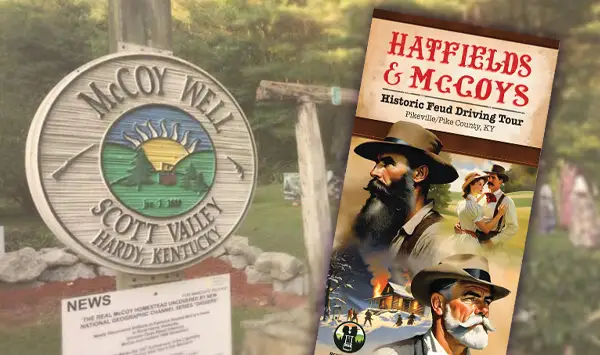
See the sites of the “World’s Most Famous Feud”
The Hatfields & McCoys Historic Feud Driving Tour is a self-guided tour that takes you from the Pikeville-Pike County, KY Welcome Center to each site open to the public.
Additionally, the role of Frank Phillips in leading the McCoy posse is subject to scrutiny. While Phillips is typically portrayed as acting in the interest of justice, some historical accounts suggest that his actions were more about vengeance than upholding the law, and that the battle may have been another chapter in the back-and-forth retaliation between the families rather than a true law enforcement operation.
The romanticized image of the Hatfield-McCoy feud has further blurred the lines between fact and fiction. Hollywood portrayals and popular culture often emphasize the feud’s violent, dramatic moments, leaving out the more nuanced social and political factors at play in Appalachia at the time. The Battle of Grapevine, while significant, may not have been the grand showdown often depicted, but rather one of many smaller skirmishes that collectively contributed to the legend of the feud.

Need a brochure? We can mail you one!
Incorporating New Information: A Broader Perspective
The wiki entry on the Battle of Grapevine Creek provides valuable tactical details that supplement the story of the battle. For instance, the specific role of Jim Vance’s death in triggering the Hatfields’ attack adds an important precursor to the conflict. Additionally, the account clarifies how Phillips’ posse tactically outmaneuvered the Hatfields, flanking them to achieve victory. This strategic detail helps paint a clearer picture of the confrontation itself.
The aftermath, as described in the wiki, also emphasizes the specific crimes for which the captured Hatfields were convicted, including the murders of Randall McCoy’s sons and Ellison Hatfield’s daughter during the feud’s earlier episodes. This version also gives more attention to Ellison Mounts’ execution, further highlighting his role as a pivotal figure in the legal resolution of the feud.
Incorporating these details adds clarity and precision to the traditional narrative, while also reinforcing the idea that historical interpretations of the battle often vary depending on the sources consulted.
Conclusion
The Battle of Grapevine, along with the New Year’s Day attack was a turning point in the Hatfield-McCoy feud, symbolizing both the violent culmination of years of rivalry and the beginning of the legal resolution that followed. While the core facts are widely agreed upon, the details of the battle—from its scale to its motivations—are subject to varying interpretations among historians.
The contrast between modern historical analysis and traditional accounts highlights the tension between fact and folklore in the story of the Hatfields and McCoys. The battle, like much of the feud, has become larger-than-life in popular imagination, even as scholars continue to explore its more nuanced realities. Despite the differing opinions, the legacy of the Battle of Grapevine endures, both as a critical chapter in Appalachian history and as a symbol of the destructive power of long-standing family grudges.

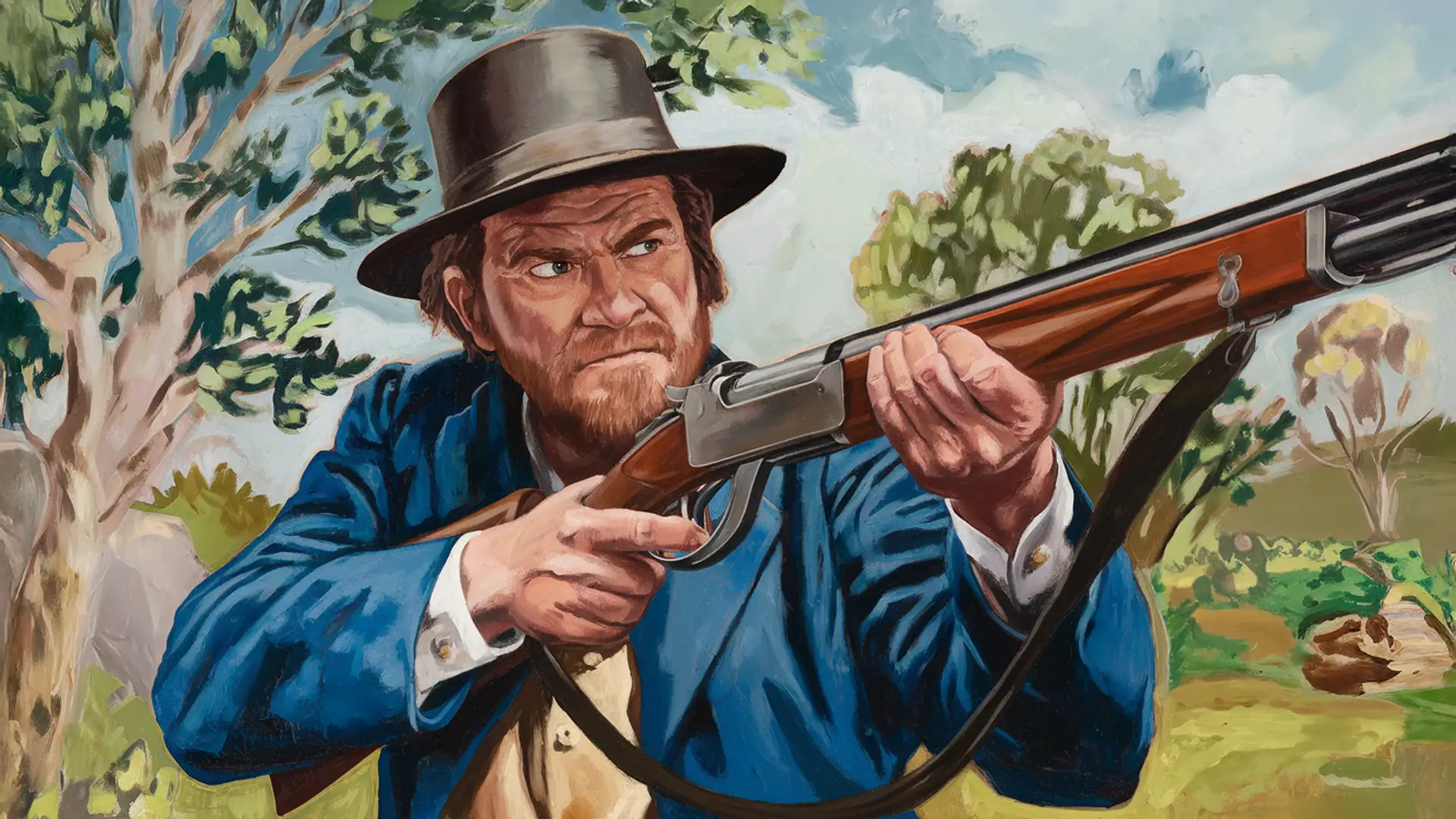
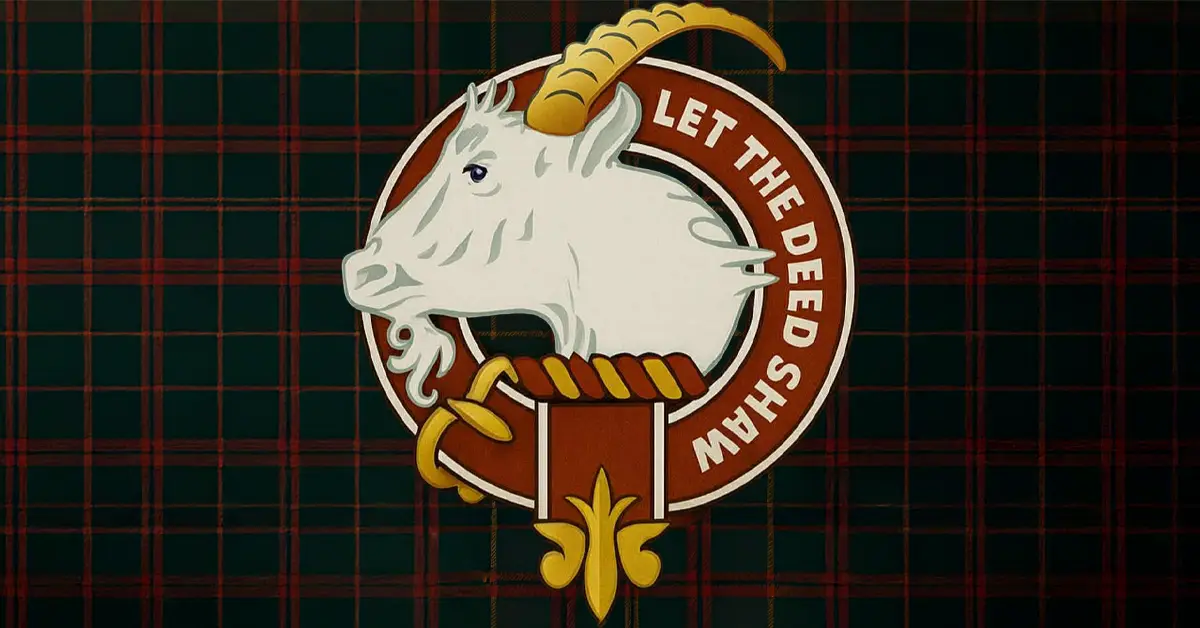





Comments are closed